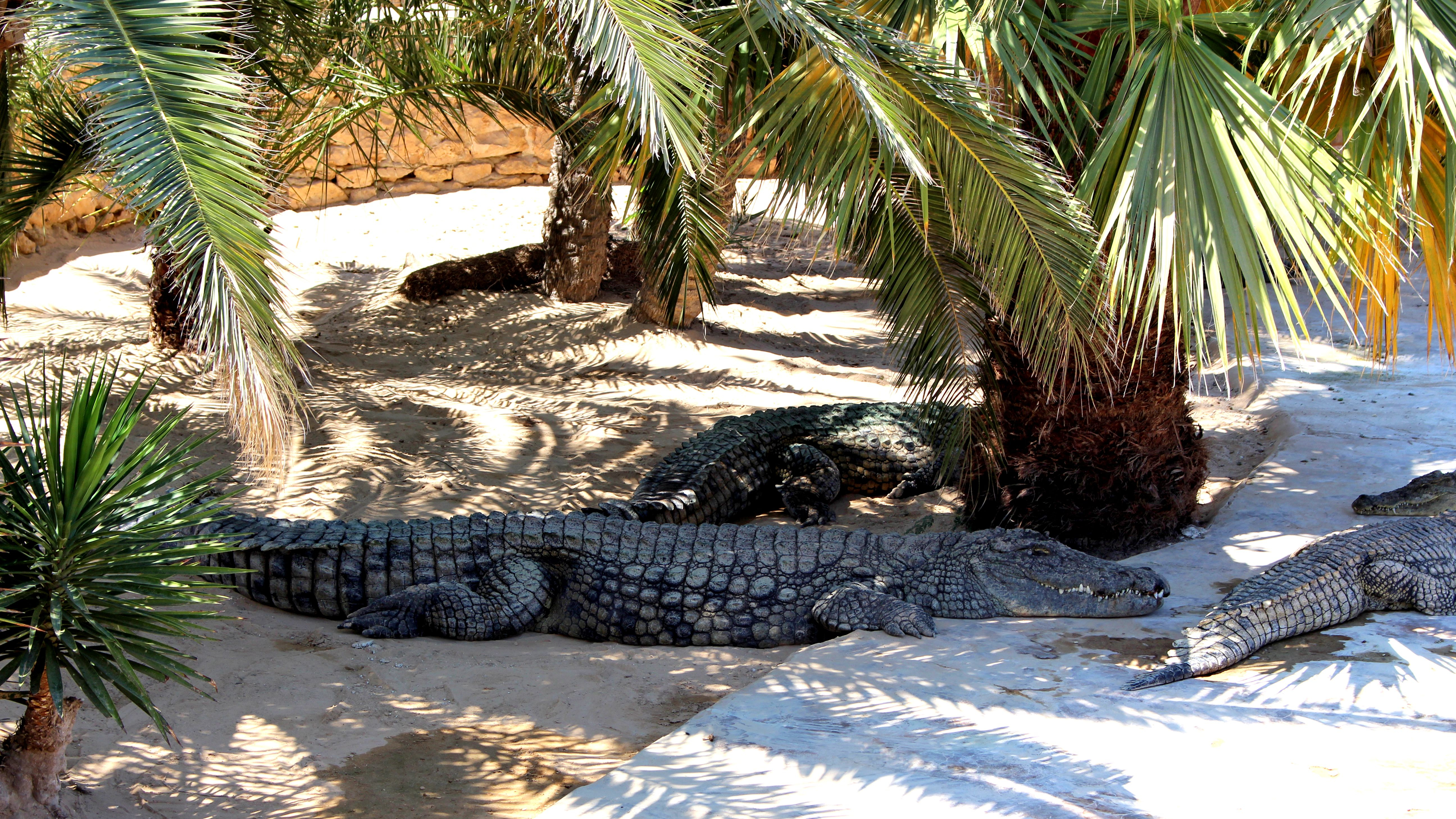
In December 1908, explorer Ernest Shackleton was shocked to discover evidence of palm trees frozen in the glacial ice of Antarctica. Baffled scientists explained this unlikely finding through the theory of continental drift, but something didn’t add up. The fossilized wood that Shackleton discovered dated only 250 years ago. By that time the continents were already in their familiar positions. The palm trees meant that Earth’s climate must have been drastically different.
90 years later, new fossil evidence backed up this claim, showing crocodile-like creatures sunbathing in the Arctic Circle as recently as 100 to 40 million years ago.
Crocodiles in the Arctic
University of Rochester geophysics professor, John Tarduno led a dig in the Canadian Arctic in December 1998. His team’s mission was to investigate the extreme warm period believed to have occurred at the poles 90 million years earlier.
He and his team found a layer of shale just above a 1,000 foot layer of basalt. For anyone who is not a geologist, basalt is what forms after a volcanic eruption, and 1,000 feet of it means multiple eruptions. On top of that layer was ancient mud called shale, indicating that after the volcanoes settled down, a large lagoon or swamp formed atop the volcanic rock. Luckily, mud is ideal for preserving fossils.
At 79 degrees North and only 700 miles from the North Pole, Tarduno and his students soon discovered the femur of an enormous crocodile-like animal called the “champosaur”.
What can we learn from one femur?
At the time of Tarduno’s discovery, the next closest champosaur fossil had been found over 1,500 km South. But this was not just a one off, the team soon found other bones to accompany the femur. They also found the vertebrae of other champosaurs in the area.
From the femur, scientists were able to determine that the champosaur was well fed on a diet of fish and turtles. They also determined that the habitat was a fresh water lake.
Like a crocodile, the champosaur had a long in tail and snout. Its powerful jaws were filled with sharp teeth. Also like a crocodile, the champosaur was a cold-blooded reptile. Similar modern day reptiles never wander outside of Earth’s tropics and subtropics because they require a warm climate to survive. Therefore, this discovery proved that the temperatures in the Arctic had to be high at the time and mostly stable. It was probably closer to the climate of modern day Florida.
Why was it so hot?
During the Cretaceous period (144-65 million years ago), Volcanic eruptions were an every day occurrence. In fact, it was more like a constant ooze of lava from cracks and fissures in the Earth’s crust. This volcanic activity released CO2 into the atmosphere at a very fast rate. The result was a greenhouse effect that gave way to the Paleocene–Eocene Thermal Maximum.
It was in this period that the champosaurs became some of the original climate refugees as they migrated away from the equator in search of a cooler place to survive. Other animals, including some mammals, survived the heat using different evolutional methods. Researchers at the University of Nebraska found fossil evidence that an early ancestor of the horse, the “Sifrhippus”, shrunk in size to adapt. The fossil was recorded to be the size of a house cat, likely weighing no more than 3.9 kg.
What does this mean for our current climate?
Scientists have been warning about the repercussions of climate change, and the Paleocene-Eocene Thermal Maximum is direct proof that CO2 levels affect climate. We are currently burning fossil fuels as if we are in competition with the volcanoes of the Cretaceous period. Ironic that many of the fossils we are burning are the remnants of the very creatures that died from climate change. The only difference is that we are choosing to do it to ourselves.
When the champosaur roamed the Arctic, 55 million years ago, CO2 levels measured 1,000 parts per million (ppm). In 1998, when the champosaur fossil was discovered, we were at 390ppm. 20 years later, and today’s CO2 levels are sitting at 408 ppm. Scientists confirm major melting of ice caps will take place before we get to 500 ppm. And although harsh winters might make you curious about a Florida North, let’s not wait to see how we may or may not adapt to Hot House Earth 2.0.
